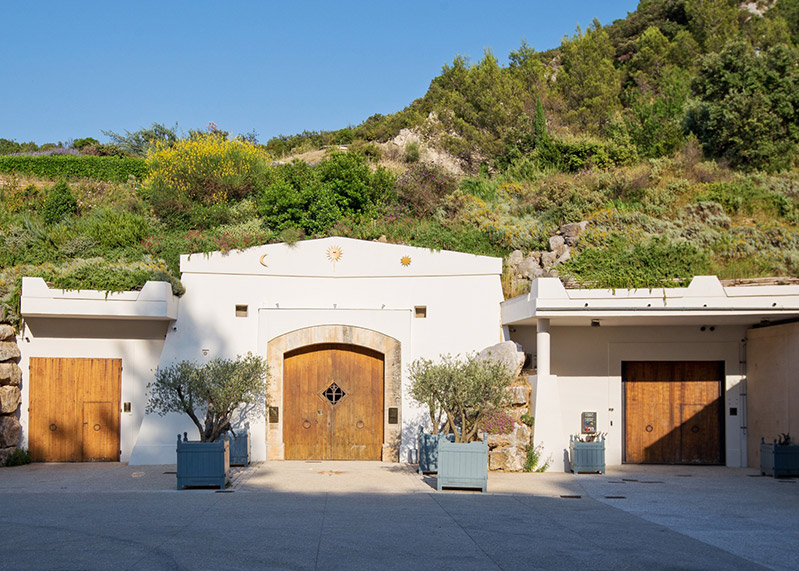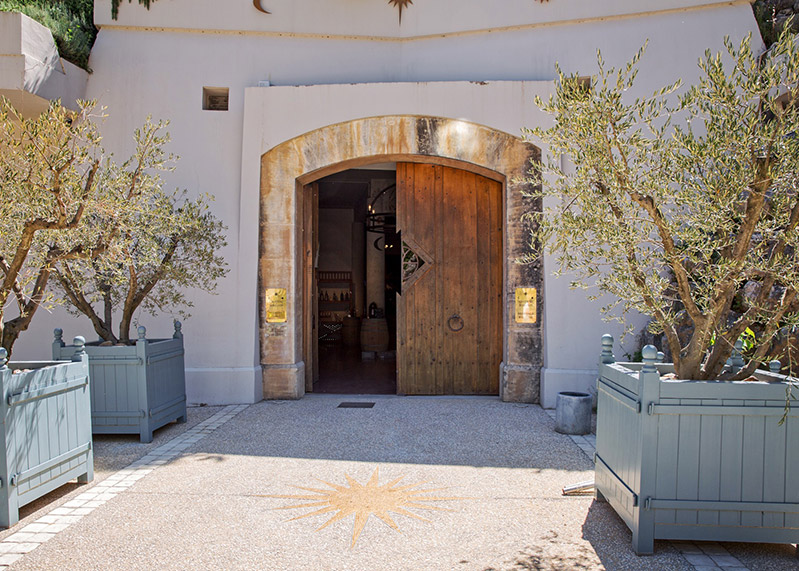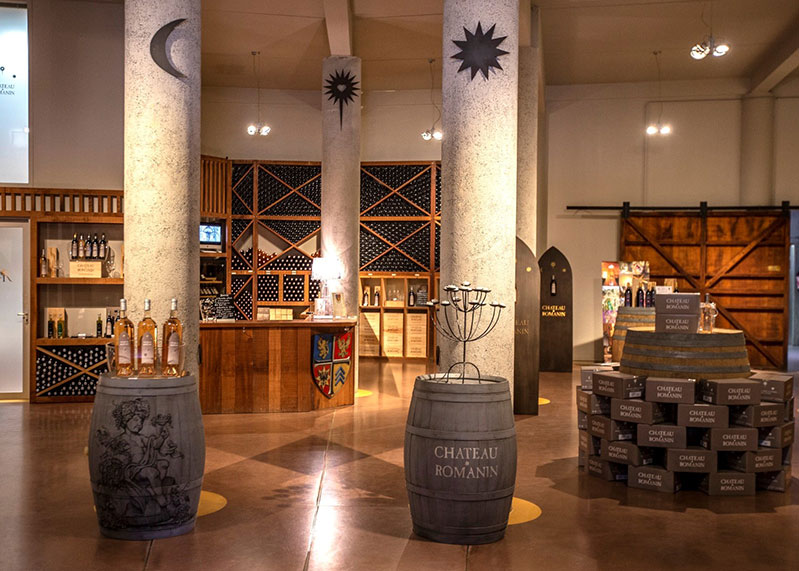Know-how
in the service of excellence
Château Romanin combines traditional know-how and high-performance equipment in the service of demanding viticulture and oenology.
To obtain a precise and innovative vinification, in a will of sustainable development, in two vats and a harvest reception have been created in two pneumatic presses for more anticipation and reactivity in the work to reach the perfect date of maturity.
A cold room was also built for an optimal restitution of the quality of the white and rosé grapes in order to preserve the precursors of aromas to the maximum.
In 2015, the tanks for the white and rosé wines were changed; in 2016 it was the turn of the tanks for the red wines.
Thanks to this new equipment, the technical team of the vineyard and the cellar, obtains autonomy, efficiency and adaptability to the microclimates of the domain.
Human skills and knowledge, manual harvesting, are combined with new techniques to prevent thermal shock and preserve the integrity of the grapes and juices. The high-performance installations contribute to supporting the transformation and evolution of the wines to allow each vintage to express itself fully, to obtain more precision with the greatest respect for the grapes. Performance in the name of excellence.
Care of the vine
by the work of men and women
What would wines be without the work of men and women in the vineyard?
Everywhere in the world, a vineyard echoes a history, a place, a natural environment and of course the investment of men. Like an original encounter, the earth blends with the know-how of men who know how to listen to it; men capable of working the vine according to its minerality, its exposure and its own characteristics. From then on, they undertake the necessary steps for its transformation, before the subsequent bottling of the precious beverage.
At Château Romanin, in addition to its cellar master - head of cultivation, Théo Buravand, six winegrowers are involved in monitoring the vines, accompanied by many small hands for big tasks. Because to produce grapes, the vine must go through various stages of development, essential to the quality of the future harvest. Thus, lifting, pruning, disbudding, green harvesting and soil work are meticulous and constant.
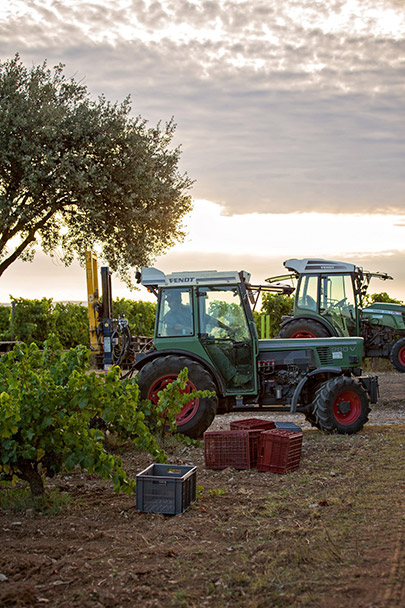
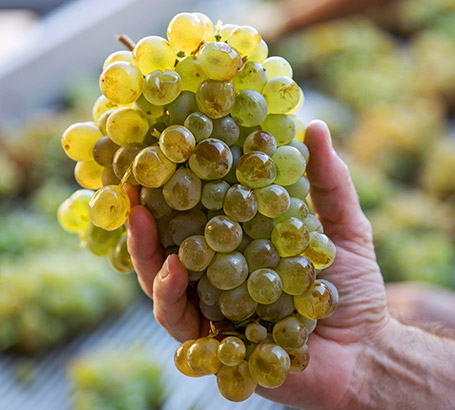
The pruning
It deserves a very particular attention. In order to determine the development of the plant, judicious cuts must be applied, fruit of a real reflection associated with each plant, so that the plant feeds correctly and that its sap is not diverted.
The care
They organize themselves according to the seasons and biodynamics. From March to November, the men and the women are at the side of the vineyard that they observe continuously. After the winter pruning, they take care of it. When the moon is waning, it is time to spray the vines with dung, to protect them, covered with earth before the winter (shoeing), before the work of the vine necessary to prepare the future vegetative cycle prelude to the future harvest: hand pruning, wood cut, crushed and spread on the ground.

In the Spring
the disbudding allows to balance the loads of the plant; the lifting domesticates the vine which grows like a liana, by making its branches slide between the double wire; the thinning out of leaves guarantees the sanitary quality of the future bunches.

In the Summer
green harvesting, if necessary, reduces the number of bunches on each vine and favors a better ripening and concentration of the grapes; the whole associated with the control of photosynthesis, involves as many skills and renewed gestures

End of August
At the beginning of September, the harvest is done by hand in boxes to protect the bunches of each grape variety worked according to its destination. Every day, the technical team tastes the grapes from each plot and carries out analyses to determine the optimal date for harvesting
In the vineyards, men and women, visionary, passionate, connoisseur and always in search of excellence.
Vinification, Maturing & Blending
In this continuity, Carolyn, the owner and Théo Buravand, cellar master and oenologist, as well as the whole team of the estate, have taken on the objective of producing great wines.
In order to exalt the microclimates of the Alpilles, they adopt a parcel-based vinification. They want to obtain more relevant blends for more precise and deep wines and more aromatic vintages.
The vinification cellars, equipped with stainless steel vats of 15 to 120 hectoliters for white and rosé wines, as well as inverted truncated-cone vats of 40 to 100 hectoliters for red wines, also contribute to this quality.
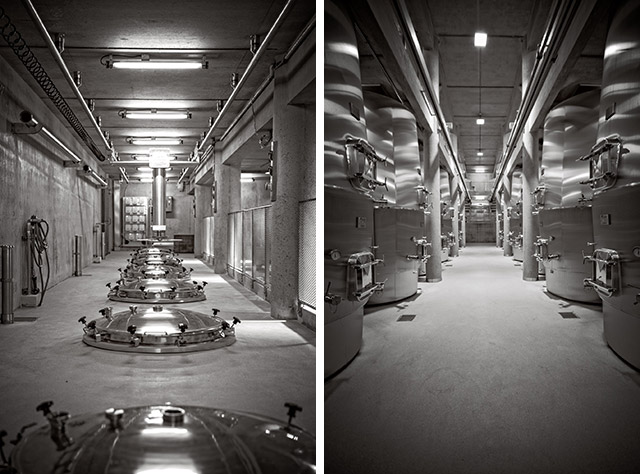
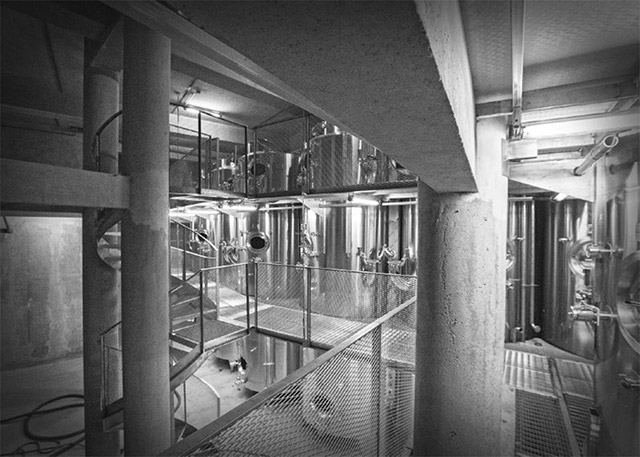
MANUAL HARVESTING
It is received and then carefully sorted by hand.
VINIFICATION
For the whites and rosés, the harvest is cooled in a cold room for 24 hours and at about 10°C to preserve as much as possible the aroma precursors. We prefer a long and therefore gentle pressing (pneumatic) of whole bunches of grapes, a cold settling to clarify the juice, an alcoholic fermentation between 16° and 18°C without malolactic fermentation.
Vinification in the new white and rosé vats, in stainless steel tanks of different capacities.
For the reds, after de-stemming and crushing, an alcoholic fermentation is carried out between 24 and 26°C. In the new red vat room, maceration and vatting in truncated stainless steel vats last from 20 to 30 days, with controlled extraction by pigeage.
Malolactic fermentation is carried out in tuns and/or stainless steel tanks, depending on the type of wine.
For the three colors, an electronic system of probes is placed in each tank to regulate and control the fermentation temperature of the juices and optimize their aromatic development.
Maturing of whites and rosés
It is aged for five or six months on fine lees with batonnage operations: the action of stirring the fine lees that settle at the bottom of the tank in order to put them back into suspension.
Red maturing
In order to get away from standardization, and to assert authentic, powerful tastes, Château Romanin refuses the diktat of wood. For this reason, the passage in tuns (45 hl) or wooden barrels is evaluated according to several criteria such as the duration, the size and the age of the container; as well as according to the vintages and characteristics of each wine. If the wood allows to coat the fruitiness and to round the tannins, the fruit is particularly well preserved in stainless steel tanks.
THE ASSEMBLY is done in two steps:
- one before Christmas for whites and rosés and
- a second one in early spring for the reds.
This important time allows us to assemble the parcel selections that will determine the wines of Château Romanin, full-bodied, structured and delicate, influenced by the method of cultivation.
Controlled, vinified and assembled, guided by a skilful blend of nature and technique, instinct, love and know-how, the three colors reveal their essence.
Sales cellar
The sales Cellar opens its doors fromMonday through Saturday from 10am to 1pm and 3pm to 6pm throughout the year.
Closed on Sundays.
Guided tours are by reservation only from April to the end of September.



